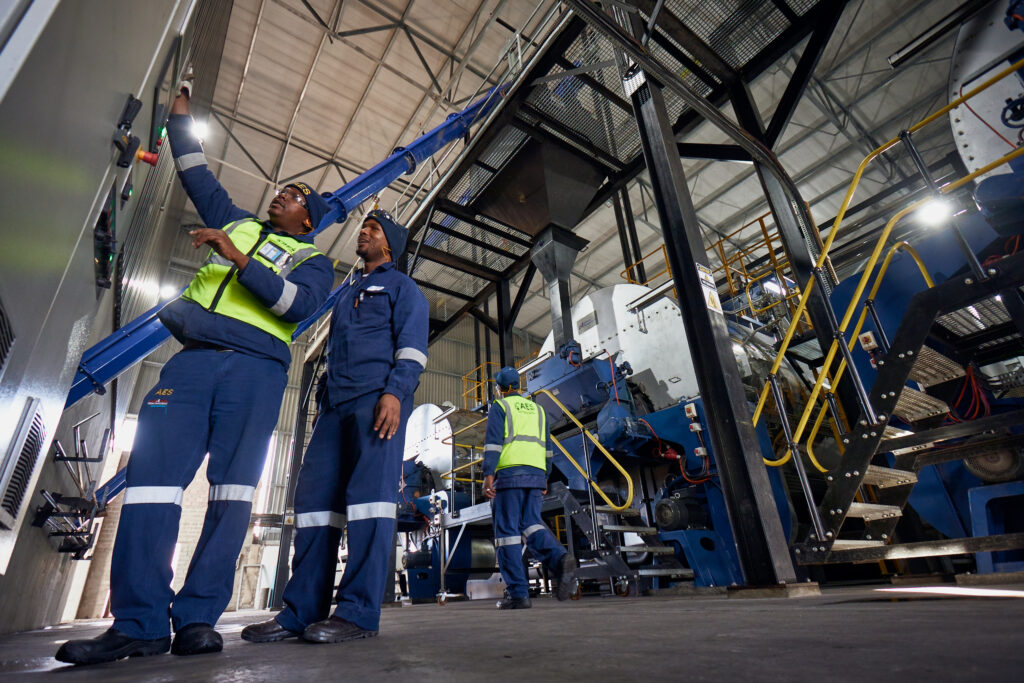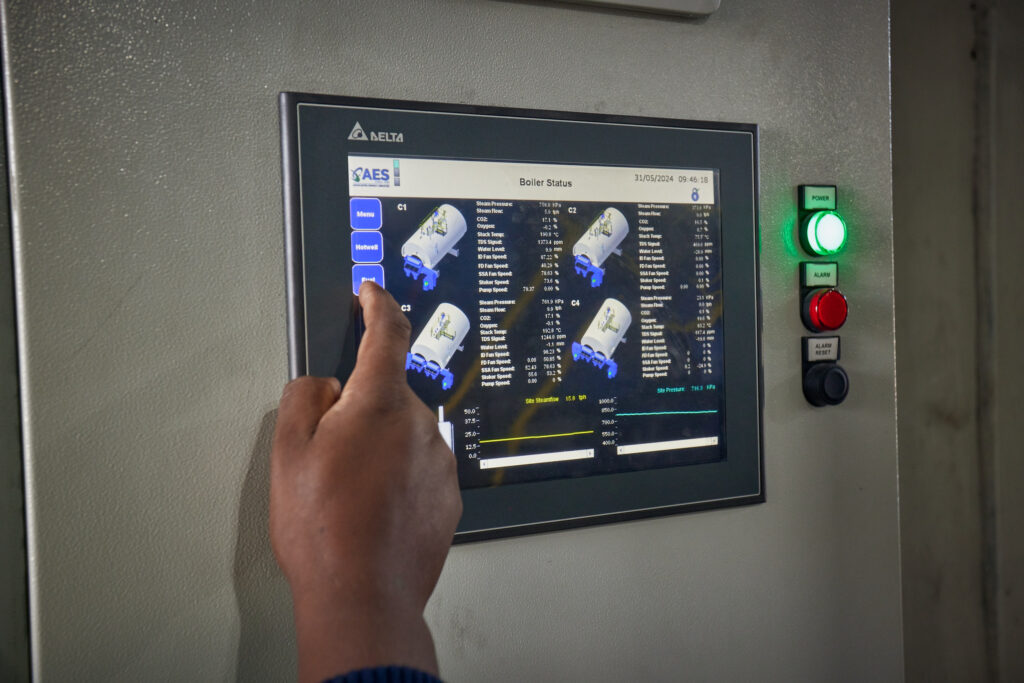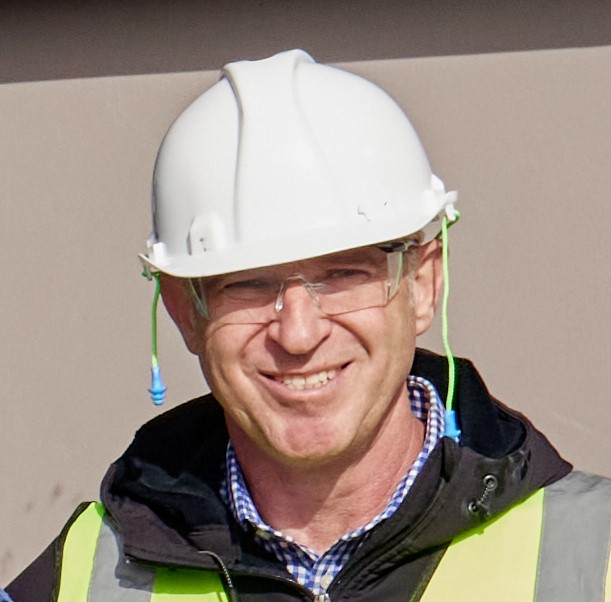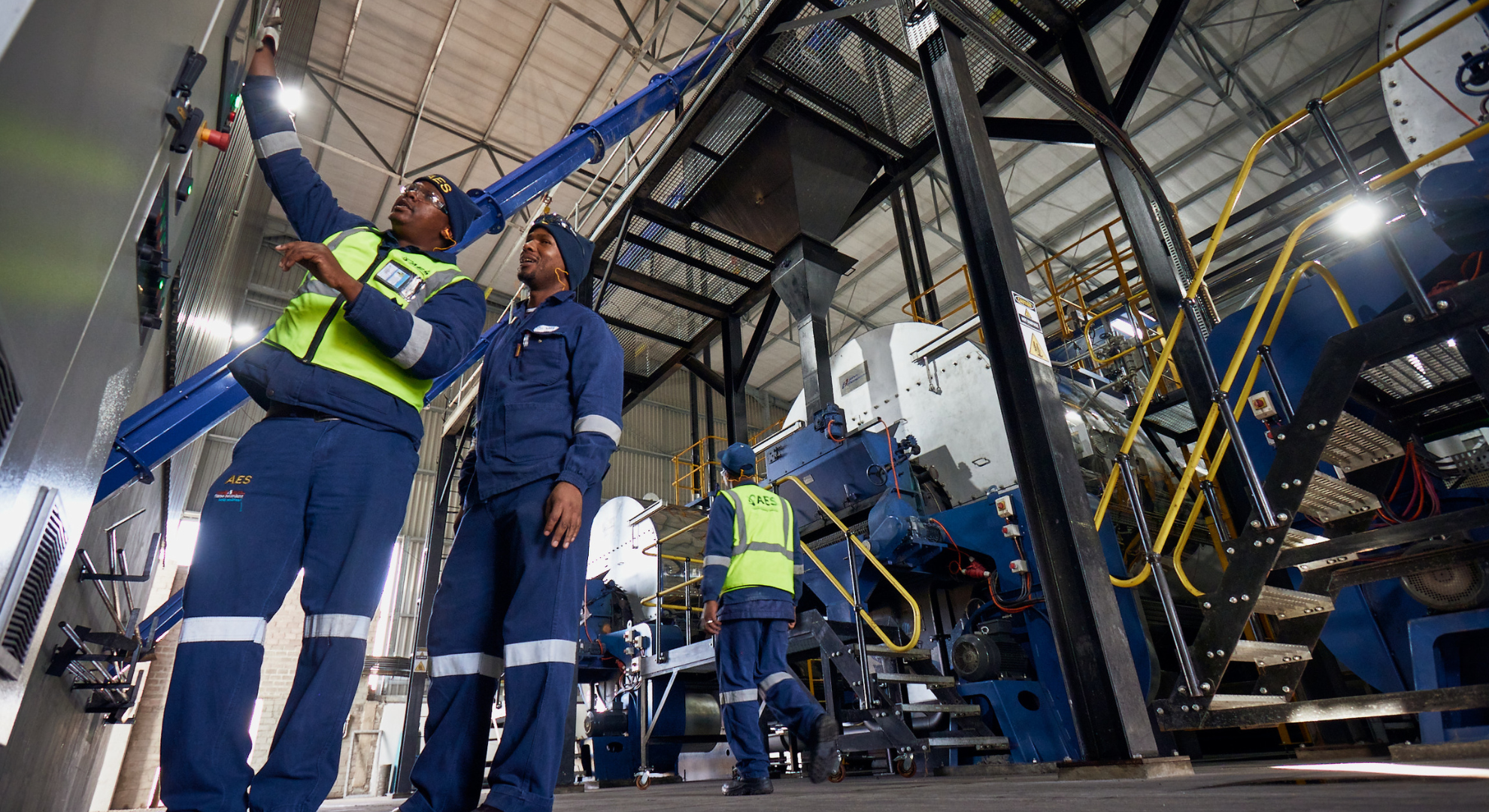Whether it is the South African government’s recently signed carbon tax legislation, or the advent of ‘green’ import taxes imposed by the European Union (EU), South Africa’s manufacturing sector faces considerable sustainability challenges, according to Dennis Williams, Commercial Director of Associated Energy Services (AES), a leading operations and maintenance service provider to the steam and boiler sector.
As the debate around emissions, affordability and ‘green’ taxes on exports to the EU scales up, Williams points out that it is not yet certain how emissions will be measured, whether improvements made to existing energy plant will be recognised by the relevant authorities – or if manufacturing companies will find themselves forced to make a complete switch-over to alternative fuels.
“This would certainly come as a blow to South African manufacturers that still rely on fossil fuels,” he observes.
Solid debate around energy efficiencies
AES believes that a company’s sustainability journey begins with maximising what can be achieved with existing energy plant.
“By managing combustion and ensuring that this is ultra-responsive to the changing requirements of each manufacturing plant, both costs and emissions can be optimised. However, different fuel types react differently to fluctuating steam demands. For example, as gas combustion systems provide a high range of turndown, they respond extremely quickly. Solid fuel combustion systems such as coal and biomass react more slowly to changes in steam demand,” he explains.
He adds that because there is a given amount of solid fuel in the combustion furnace at any one time, whatever changes in steam demand occur will require a change in the amount of fuel being fed into the furnace – together with the amount of oxygen required to maintain effective combustion.
“The problem arises where there are multiple boilers online and suddenly, there is a substantial steam demand peak. On regular auto-control, they ramp up to follow that peak and eventually catch up. However, when it subsides, there is a massive amount of thermal inertia in these boilers. It is very difficult to quickly counteract this, and this is wasteful in terms of one’s ability to burn coal effectively.”
Balancing the load
A co-ordinated approach, using the overarching load-balancing control system, effectively coordinates steam demand across the multiple boilers and ensures optimisation of the online capacity to deliver the demand efficiently and effectively, Williams advises: “We control how each of those boilers is synchronised to follow the load – and reduce when the load reduces. This system achieves optimised efficiency and improves the assets’ ability to maintain pressure control by applying analysis to demand changes to sequence boiler loads effectively.”
The era of ‘smart’, data-driven steam
These systems are very much data driven. Setpoint inputs are carefully adjusted to ensure the narrowest steam pressure control band possible is achieved, so that steam pressure remains stable. The key metrics within the operating model can be adjusted to meet the unique requirements of each site – and accommodate the number of boilers that need to be load-balanced.
Furthermore, instrumentation really comes to the fore in measuring the efficiency of combustion based on the constituents of the flue gas coming out of the boiler: “We rely on levels of carbon dioxide and oxygen to tell us if we have too much or too little fuel or oxygen to achieve the right reaction. That is all data-driven,” Williams explains.
AES’s remote monitoring system (RMS) works hand-in-hand with its load-balancing module, he adds.
“The two share some instrumentation and data streams. Through the RMS and its web interface, AES and our clients can see what is happening from an operational perspective.”
Although components such as variable speed drives (VSDs) provide more accurate control of elements such as the boiler stoker and fans than previously – and data is also widely used to manage these systems on an ongoing basis – human intervention also remains important.
“You still need someone with an acute understanding of what you are trying to achieve to set up the system. An element of intervention and oversight by skilled and experienced operations and maintenance personnel in certain circumstances is still needed. An example is having the knowledge to ensure the correct bed depth on the stoker, which other automated systems have failed to do successfully” Williams maintains.
A better balanced future
The benefits of load-balancing include better control over combustion processes and steam quality – as well as using less fuel and, ultimately, paying lower carbon or green tax.
Going forward, Williams believes that AES and its clients will need to work even more closely together to achieve sustainability targets, whilst increasing efficiencies and minimising costs:
“The imposition of green taxes – whether they are by European or local authorities – will drive an increasing requirement from our clients for accurate monitoring and load-balancing, and the data or metrics which make this possible. We are already conducting various assessments for different fuel types and load-balancing options for clients,” he concludes.





